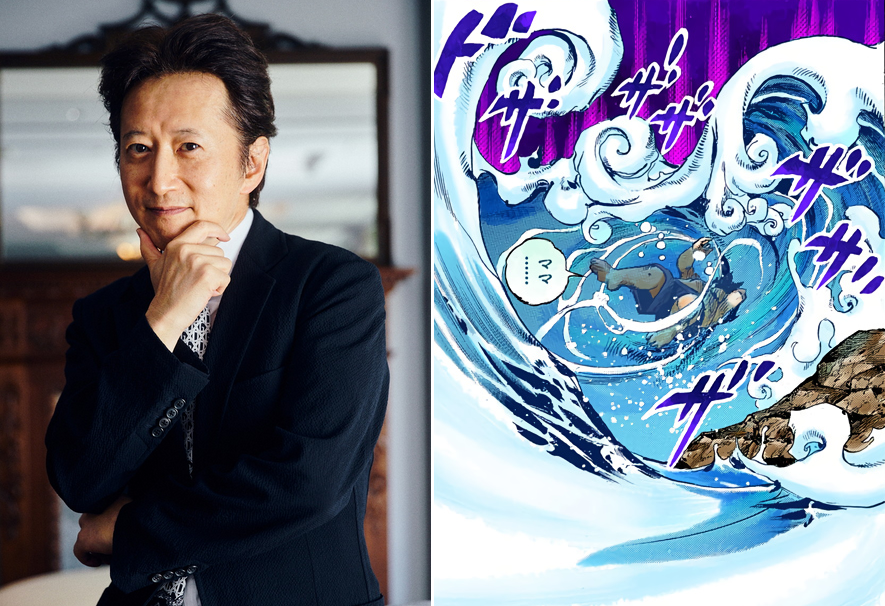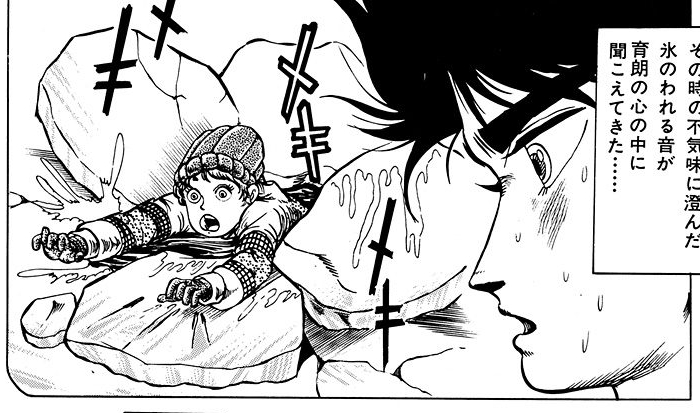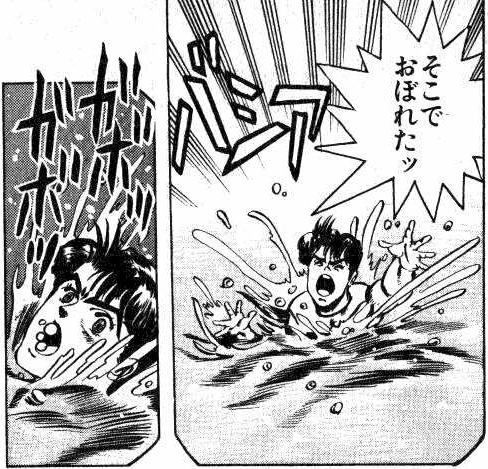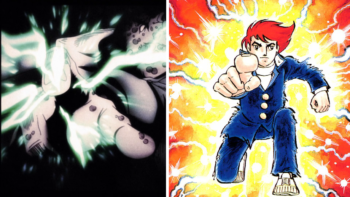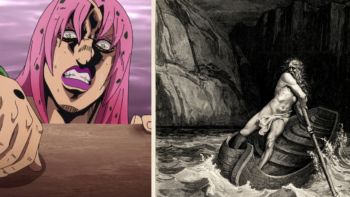Hello, welcome to JoJo’s Bizarre Analysis, a chronicle about analyzing various aspects of the JoJo’s Bizarre Adventure series. In this chronicle, I will discuss various topics such as symbols, behind-the-scene details, or inspirations in JoJo. Please note that Hirohiko Araki will probably not have confirmed what I will claim in this chronicle. As such, consider it food for thought that is coming from my own intuition rather than an official statement.
Today we’ll be taking a look at the dark and downright traumatic childhood experiences that recur in Araki’s earliest and most recent works.
Context
Hirohiko Araki always had the tendency to add mature and sometimes really dark elements and themes in his works. His stories can be considerably violent and grim, with his characters suffering the worst of what life can offer. Today, I just want to talk about a plot point that Araki seems to be drawn to the most: drowning children.
In several of Araki’s works, and notably JoJo’s Bizarre Adventure, there are many instances when a young child almost drowns during the absence of their mother. Here is a list of the most significant ones.
Early Works
The first of such stories occurs in Baoh the Visitor, a 1984 action series. It features a young man named Ikuro Hashizawa who, in the third chapter of the manga, recalls an incident from the time he was a little boy. At the time, Ikuro fell into a frozen pond while ice skating and almost died. The flashback notably focuses on how desperate and isolated Ikuro felt at that moment because everybody seemed not to notice that he was in great danger.
JoJo’s Bizarre Adventure
In Phantom Blood, the first part of JoJo’s Bizarre Adventure, a young Jonathan Joestar almost drowned in a river when he was five. Likewise, the flashback spends a moment talking about Jonathan’s isolation, meaning nobody was there to save him. Thankfully, his dog Danny heard his cries for help and ran to save him. The anime adaptation of the part cuts this brief flashback.
In Diamond is Unbreakable, the fourth part of JoJo’s Bizarre Adventure, the invisible baby that Josuke and Joseph find in the middle of the street almost drowns in a pond.
Thus Spoke Kishibe Rohan
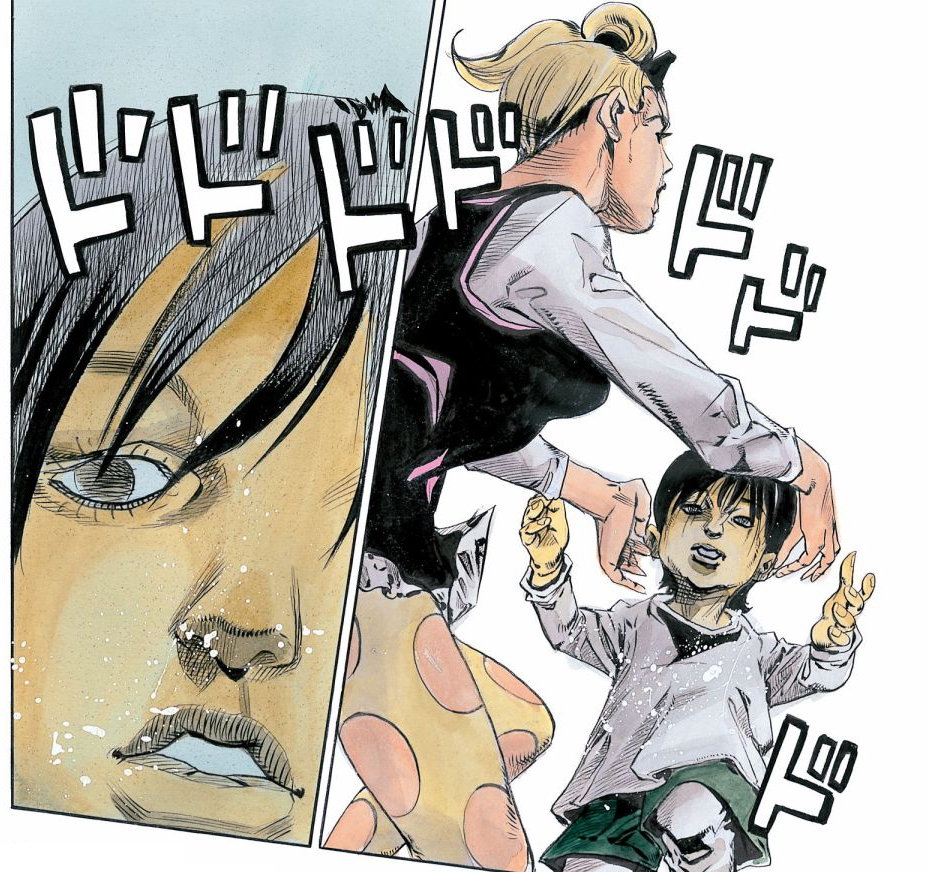
The spin-off one-shot Rohan at the Louvre features a posthumous tertiary character named Pierre. This little boy actually drowned in a pond during the time when his mother, Noguchi, left him unsupervised. In the present, his mother feels great guilt for the negligence that killed her son.
In the one-shot Thus Spoke Kishibe Rohan – Episode 4: The Harvest Moon, Mamoru Mochizuki, the uncle to the Mochizuki family and the brother of Noboru Mochizuki, is said to have died while trying to save a kid from drowning in the river whilst on his way back from school on the day when he was only 17-years-old.
JoJolion
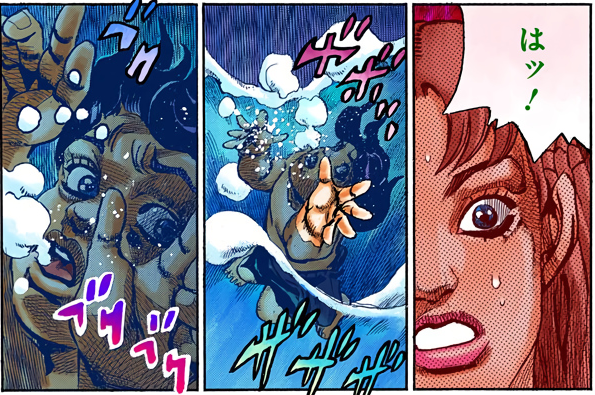
In JoJolion, Josefumi Kujo, a key character related to the past of the protagonist, also almost drowned in the sea as a little boy. He also fell in the water while his mother was sunbathing and got trapped in a whirlpool. One notably disturbing detail in this flashback is that Josefumi’s mother, Kiyomi, witnesses the whole incident. The two make eye contact, but in a moment of hesitation, Kiyomi–who resented having a child–almost lets her son drown.
These are the most notable mentions of a child falling into the water, though there are some less significant and vaguely similar stories throughout the series.
As you can see, Araki’s work contains a somewhat dark recurrence. For some reason, he really likes reusing this story so what gives?
Theory

There is a possible explanation for why Araki is so obsessed with writing drowning kids into his story. In fact, Araki himself almost drowned in a pond when he was a little boy. It comes from an interview from November 2007 at the Tohoku University, where Araki says this:
“My curiosity got the better of me, and when I was five years old, I was looking at fish in a pond when I slipped and fell on my head. When my mother found me, I was sinking to the bottom of the pond, and she brought me back to life by grabbing my legs and swinging me upside down.”
I think that this incident left a deep impression on Araki as an individual. Thus, from time to time he interjects this story into his works, giving his works a visceral and realistic edge. As such, we could consider this a darkly “neat” example of Araki using his own past experiences to make his stories more tangible and realistic.

